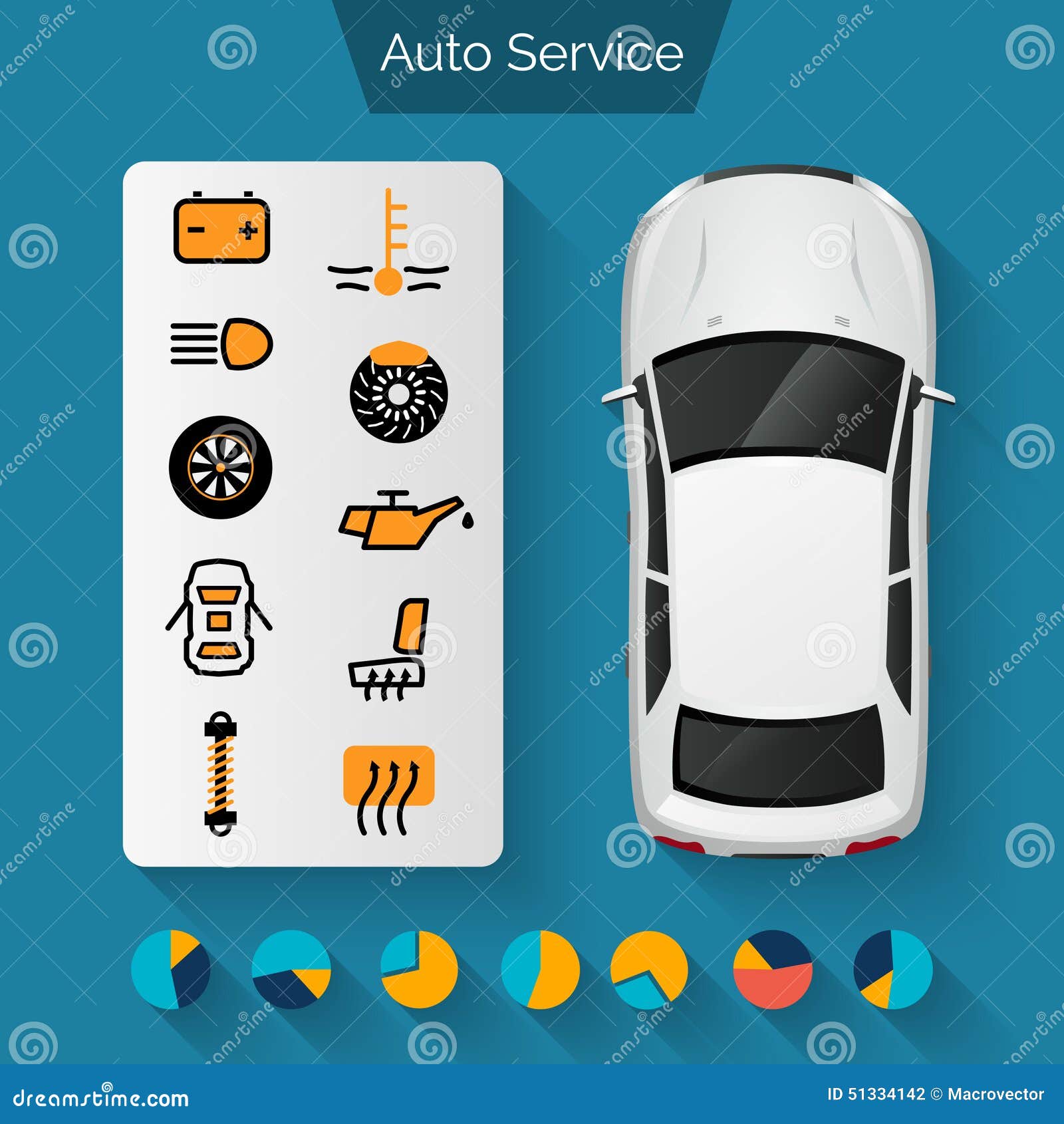Analyzing Your Automobile'S Warning Indicators: What They Actually Convey
Analyzing Your Automobile'S Warning Indicators: What They Actually Convey
Blog Article
Produced By-Faulkner Dalgaard
When you lag the wheel, those radiant caution lights on your control panel can be a little bit complicated. Do you understand what they're trying to inform you about your automobile's health and wellness? Comprehending the value of these lights is vital for your security and the durability of your automobile. So, the following time among those lights appears, would not you intend to analyze its message properly and take the essential steps to resolve it?
Common Caution Lighting and Interpretations
Recognize usual caution lights in your auto and recognize their significances to make sure risk-free driving.
The most normal caution lights include the check engine light, which indicates concerns with the engine or discharges system. If this light comes on, it's crucial to have your car checked promptly.
The oil stress cautioning light shows low oil stress, calling for prompt attention to prevent engine damages.
A flashing battery light might recommend a malfunctioning charging system, potentially leaving you stranded if not resolved.
The tire stress surveillance system (TPMS) light signals you to reduced tire pressure, impacting lorry stability and fuel effectiveness. Overlooking this might lead to hazardous driving problems.
The abdominal light suggests an issue with the anti-lock stopping system, compromising your capability to stop swiftly in emergencies.
Last but not least, the coolant temperature level alerting light warns of engine getting too hot, which can result in extreme damages otherwise resolved promptly.
Recognizing these usual warning lights will help you resolve problems promptly and preserve risk-free driving problems.
Significance of Prompt Focus
Understanding the common warning lights in your auto is only the initial step; the importance of without delay dealing with these warnings can not be emphasized sufficient to guarantee your safety on the road.
When a warning light illuminates on your dashboard, it's your vehicle's means of connecting a prospective issue that needs interest. Overlooking these cautions can cause much more serious troubles later on, compromising your safety and security and potentially costing you a lot more in repairs.
mouse click the following internet site to warning lights can prevent malfunctions and mishaps. For https://electricbrakes05050.blogacep.com/37319734/mobile-automobile-outlining-comfort-fulfills-quality-for-your-vehicle , a flashing check engine light can indicate a misfire that, if left unattended, can trigger damages to the catalytic converter. Resolving this without delay can save you from a costly repair work.
In a similar way, a brake system warning light could indicate low brake fluid or worn brake pads, critical components for your safety when driving.
Do It Yourself Troubleshooting Tips
If you notice a warning light on your control panel, there are a few DIY fixing suggestions you can try before seeking expert aid.
https://www.capradio.org/articles/2022/05/24/going-electric-california-car-mandate-would-hit-mechanics-hard/ is to consult your cars and truck's guidebook to comprehend what the particular warning light indicates. Sometimes the concern can be as simple as a loose gas cap causing the check engine light. Tightening up the gas cap may deal with the issue.
One more usual issue is a low battery, which can activate various alerting lights. Inspecting the battery connections for rust and guaranteeing they're safe might repair the trouble.
If a caution light lingers, you can try resetting it by detaching the car's battery for a couple of minutes and afterwards reconnecting it. Additionally, checking go to this web-site , such as oil, coolant, and brake fluid, can help fix alerting lights associated with these systems.
Verdict
In conclusion, comprehending your car's caution lights is essential for maintaining your car running smoothly and securely. By promptly attending to these signals and understanding what they imply, you can stay clear of expensive repairs and possible breakdowns.
Remember to consult your vehicle's manual for certain details on each alerting light and take action as necessary to make sure a hassle-free driving experience.
Stay informed, stay secure when traveling!
